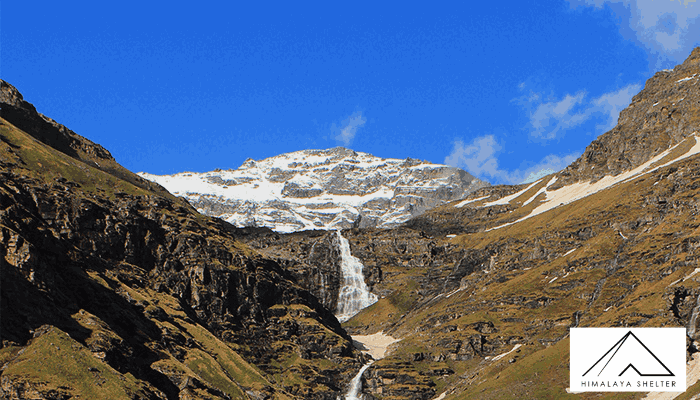
Rupin Pass Trek Himachal
TREK DIFFICULTY
Moderate - Difficult
TREK DURATION
7 Days
HIGHEST ALTITUDE
15,279 ft
GROUP SIZE
12
TREK DISTANCE
41
BASECAMP
Himachal Pradesh
BEST TIME
May-June| September-October
PICKUP POINT
Himachal Pradesh
Rupin Pass Trek In Himachal Overview
If you are into a suspense thriller, Rupin Pass is one of the wonderful treks in Himachal Pradesh to embark on! Usually, people are in a hunt for movies and literature with brain-bending and thrilling experiences full of unexpected suspense and thriller twists. The Rupin Pass trek is a real-life suspense series, I say this because This trek is similar to the Domino effect, once you start this trek, the following series of events unfold as we Traverse to the high-altitude summit of Rupin Pass are brain-bending and mesmerizing at every turn.
Rupin Pass is a high-altitude mountain pass, where trekkers have the opportunity to trek to a whopping altitude of 15,250 feet. The fact that one could traverse to this towering summit resting at our country's boundaries is a gift by nature to Indian trekkers.
The adventure Commences even before the trek starts! You know sometimes we have this feeling inside our gut, the world fading right before our eyes and everything seems existential at that particular moment. This is the exact same thing trekkers experience on their journey to Rupin Pass Trek starting from Himachal Pradesh.
On D-day we Journey through Shimla also famous for its juicy apples and breath-taking Hill station destination! We drive through winding curvy roads amidst dense forests and occasional bustling markets. One would get to witness the never-settling commotion of the busy marketplaces slowly fade into the silence of nature’s mesmerizing but terrifying oblivion of nature.
Our drive from Shimla to Jiskun via Rohru is a hattrick package for trekkers to embrace the ambience of sleepy villages, colonial architecture, apple orchards, and not to mention the cultural immersion and hospitality of Himachal natives!
The very next day we get to visit the Highest and the Farthest village “Jakha” of the trek before we dive into the lap of Mother Nature. We get the opportunity to witness the magnificent creation of Mother Nature.
Authentic Himachal villages with traditional architecture are still being preserved to this date.
From this day on trekkers traverse through deep forests and occasional mesmerizing meadows, with grass standing tall and vibrating to the gush of wind across the valley.
As we move on to the next parts of the itinerary, we get to experience wonderful marvels as we camp at various campsites. One of the main attractions of this trek is the clear night sky studded with millions of twinkling stars across the horizon. One could witness time dilating down to the very minimum as the sleepy marvellous Milky Way crawls along the horizon till the crack of dawn as the sun hides just under the canopy waiting to extend its warm rays across the valley.
And the summit day in particular is a masterpiece in itself! As we traverse through the thick alpine patches of oak and different trees, we get to embrace the natural melodies of various Himalayan birds tweeting. Birds entertain us with their melody right from the beginning, we never feel bored during our trek. this would be the perfect time to unplug and detox ourselves from the cluster of commotion due to modernity!

Rupin pass trek Himachal Start (via Bawta)
Day 1: Shimla → Bawta (Drive: 195 km, 8–10 hrs)
Route: Shimla → Theog → Narkanda → Rohru → Chirgaon → Dodra → Bawta (6,300 ft)
- Stay in guesthouse/homestay
Day 2: Bawta → Jiskun → Jhaka (Trek: 6–7 km, 4–5 hrs)
Trail: Steep initial climb → Jiskun village → gradual descent to Jhaka (7,700 ft)
- Stay in tents
Day 3: Jhaka → Saruwas Thatch (Trek: 8–9 km, 5–6 hrs)
Trail: Descend to Rupin river → forest section → cross wooden bridges → meadows of Saruwas Thatch (10,800 ft)
- Stay in tents
Day 4: Saruwas Thatch → Dhanderas Thatch (Trek: 6–7 km, 4–5 hrs)
Trail: Meadows → waterfalls → reach wide open meadow of Dhanderas (11,680 ft)
- Stay in tents
Day 5: Dhanderas Thatch → Upper Waterfall Camp (Trek: 3–4 km, 3 hrs)
Trail: Steep climb near the Rupin waterfall → camp just above the falls (13,120 ft)
- Acclimatization day, glacier views
Day 6: Upper Waterfall Camp → Rupin Pass → Ronti Gad (Trek: 10–11 km, 8–9 hrs)
Trail: Gradual climb → steep snowfield → Rupin Pass (15,250 ft) → descend to Ronti Gad (13,420 ft)
- Most challenging day of the trek
Day 7: Ronti Gad → Sangla Kanda → Sangla (Trek + Drive: 12 km trek, 2–3 hrs drive)
Trail: Meadows → descend into forest → reach Sangla road-head → drive to Sangla (8,800 ft)
In Himalaya Shelter (HS), we provide you with the option to customize your Rupin Pass trek experience. Whether you're an avid mountaineer, an adventure seeker or a group of friends, you can opt for our personalized tailor-made expedition program. This customized program will be exclusively designed for you, taking into account your specific requirements for transportation, accommodation, meals, technical equipment and any other premium facilities you may need during the climb.
Starting from Shimla (pick up point), the Rupin Pass trek passes through scenic destinations and reaches Bawta (basecamp). From here, you start your trekking journey.
Himalaya Shelter ensures your journey is safe and memorable with experienced local guides, technical support and all necessary permits. You can even request offbeat routes or sunrise hikes for a more immersive Himalayan experience.
Moreover, no other participants will be added to your group. Choosing a Customized program will enable you to enjoy your journey without any hesitation.
Rupin Pass lies between Himachal Pradesh and Uttarakhand in the Indian Himalayas. The name 'Rupin' is believed to be linked with a beautiful girl named 'Roopmati'. As per mythology, it's said that once there was a beautiful and kindhearted girl who lived in the region. She was known for her captivating beauty and charm. Once a king, attracted by her beauty, proposed to her to marry but Roopmati refused to marry him. The king became very angry and being egoistic he forced her to marry him. To escape this, Roopmati ran into the mountains and prayed to god to protect her. For her kind heartedness and purity, god turned into a flowing river- Rupin. It's believed that the Rupin river carries her essence.
During medieval time (750 CE – 1757 CE), the Rupin Pass was used by traders, shepherds and pilgrims. It was used as a traditional route by communities like Bhotiya and Kinnauri for their seasonal movement between the Higher Himalayan region and lower valleys. Due to this, some small settlements on either side of the pass grew around these seasonal routes. The region was crucial in playing the role in the lives of mountain communities.
Slowly and gradually, the surrounding areas of Himachal Pradesh and Uttarakhand started gaining recognition for their natural beauty and passes like Rupin were explored for travel and mapping.
Today, Rupin Pass has become a famous trekking destination. Trekkers come here to experience its changing landscapes- from dense forests to snow-covered ridges and the cultural shifts- from Sangla in Himachal Pradesh to Dhaula in Uttarakhand. Rupin Pass not just connects to two different places but two different cultures and histories also.
Dramatic Waterfall Campsite: The main highlight of Rupin Pass trek is a stunning campsite right below the famous Rupin Waterfall. The Rupin Pass is known for its multi-tieing waterfall, means each tier has its own pool at the bottom. Rupin Waterfall makes campsites visually appealing and soul-soothing.
Beautiful Destinations/Campsites: The beautiful destinations or campsites on Rupin Pass trek includes:
- Jhaka Villae (it's also called a 'Hanging village' built on a slope)
- Upper Rupin Valley (filled with alpine meadows and waterfalls)
- Rupin Pass (4,650 m – offers panoramic Himalayan views)
- Sangla Valley (the ending point in Himachal Pradesh, known for apple orchards)
Flora and Fauna: On the trails of Rupin Pass, there are dense forests of oak, pine, rhododendron and deodar. You will get to see alpine flowers like blue poppies, primulas, Brahma Kamal (rare) at higher altitudes.
For wildlife enthusiasts, there are Himalayan langurs, red foxes, mountain goats, Himalayan monals and musk deer often spotted.
Culture and Tradition: Rupin Pass presents the blend of Kinnauri (Himachal Pradesh) and Garhwali (Uttarakhand) cultures. Both cultures have their own uniqueness in attires, languages and local festivals. The hospitality of mountain villagers is heart warming and their simple lifestyle wins the heart.
Cross-State Himalayan Pass: Rupin Pass trek is a cross-state trek. It crosses two states and multiple landscapes. From forests to alpine meadows to waterfalls to snow landscapes, it passes through a dramatic shift. The Rupin Pass trek is not merely a physical adventure, it's an experience of deep nature's and culture's phenomena.
The Rupin Pass is considered a moderate to difficult trek. It is located at the altitude of around 4,650 m (15,250 ft) which is suitable for experienced trekkers. The terrain of Rupin Pass is highly diverse. It ranges from dense forests to lush meadows, rocky trails, icy hanging villages, icy slopes and the thrilling Rupin waterfall. Every day, trekkers have to walk through changing landscapes which is adventurous but also challenging. The total trek duration is around 8 to 9 days which covers approx 52-56 km, depending on the route. Each day involves 5 to 8 hours of walking which can stretch to 10 to 12 hours around the final pass crossing.
Weather conditions can be unpredictable at higher altitudes. Sometimes snowfields are present near the pass even during the summer. Sudden rainfall and hailstorm can add difficulty.
Trekkers need basic technical support while crossing the pass. On snowfields and steepy ridges, usage of rope and ice axes are common. The basic mountaineering skills and technical guidance is required.
Due to high-altitude and technical challenges, Rupin Pass trek is not suitable for kids and families. Beginners can attempt it but they must be physically fit and mentally enduring. Solo trekking is also not advisable due to difficult terrain and safety.
The Rupin Pass trek is ideal for serious mountaineers who are looking for a thrilling journey and high-altitude adventure.
To do the Rupin Pass trek Himachal, reach Shimla first. Shimla is well-connected with the major cities of India by air, rail and road.
From Shimla, start your journey to Bawta/Gosangu (also called Jiskun) via Theog, Narkanda and Rohru. You can take a taxi/cab or shared vehicle from Shimla to reach Bawta/Gosangu.
From Bawta, your trek begins officially following the Rupin river through villages like Jhaka, Sewa, Udaknal and waterfall camp then you cross the pass.
After crossing the pass, the trek ends at Sangla, Himachal Pradesh. From here you can take a taxi or bus back to Shimla which typically takes 7 to 9 hrs. After going back to Shimla you can continue to Delhi, Chandigarh or any desired destination by road, train or flight.
The best time to trek in Rupin Pass is from May to June and from September to mid-October. These windows offer the most favourable time and stable weather.
May to June
From May to June, the trails are filled with snow bridges and melting glaciers. Snow adds some adventure but trails can be slushy. However, the meadows are lush green and filled with blooming flowers. The sky is clear and visibility is good. Daytime temperature range goes between 10°C to 15°C while at night time it can dip to 0°C or below, especially on higher camps like Upper Waterfall or Rati Pheri.
September to mid-October
This time landscapes come alive and fresh with more greenery after monsoon. Trails are dry but at higher altitudes, snow can still be presented. The sky is clearer and mountain peaks are easily visible. Valleys glow with the golden hue of autumn. During this time, daytime temperature remains around 10°C to 12°C and at night time it can go down to 2°C to below 0°C.
Note: Avoid July to August due to heavy rainfall which makes trails slippery and prone to landslides. Similarly winters (November to April) are not suitable due to heavy snowfall and cold temperatures.
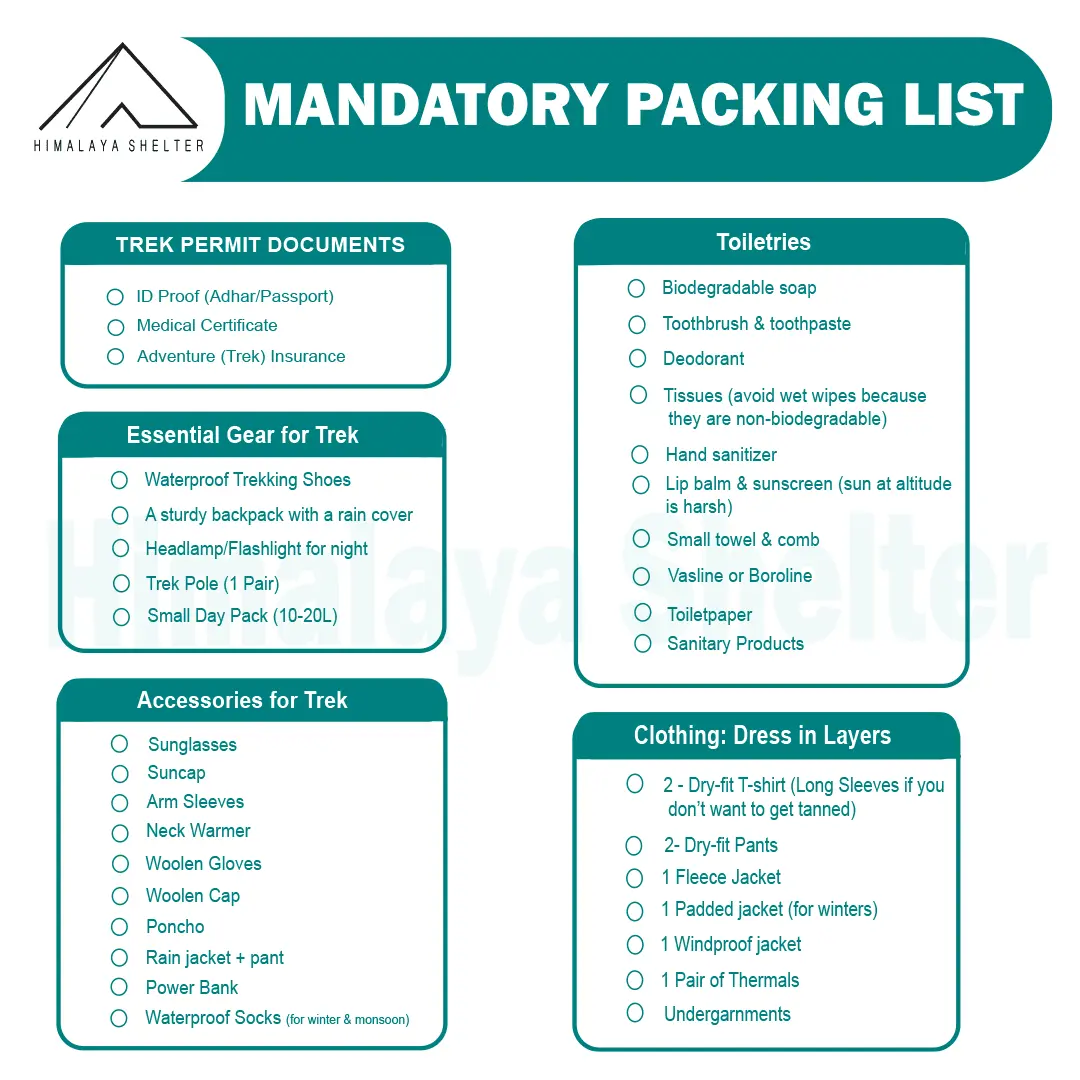
Mandatory Backpacking List for Rupi Pass Trek
Notice: All trekkers are strictly advised not to carry unnecessary plastic items such as disposable bottles, single-use cutlery, polythene bags, and food wrappers during the trek. We encourage the use of reusable bottles, tiffin boxes, and cloth bags to minimise waste and protect the fragile Himalayan ecosystem. Your cooperation is essential in ensuring a clean and sustainable trekking experience
Physical Fitness Preparation for Trek:
To overcome the difficulty level of Bali pass trekking, it requires strong cardiovascular endurance, muscular strength, and overall physical fitness. Incorporate these exercises into your routine to increase strength, stability, and stamina, which will help you tackle difficult terrain sections of the trail at high altitudes.
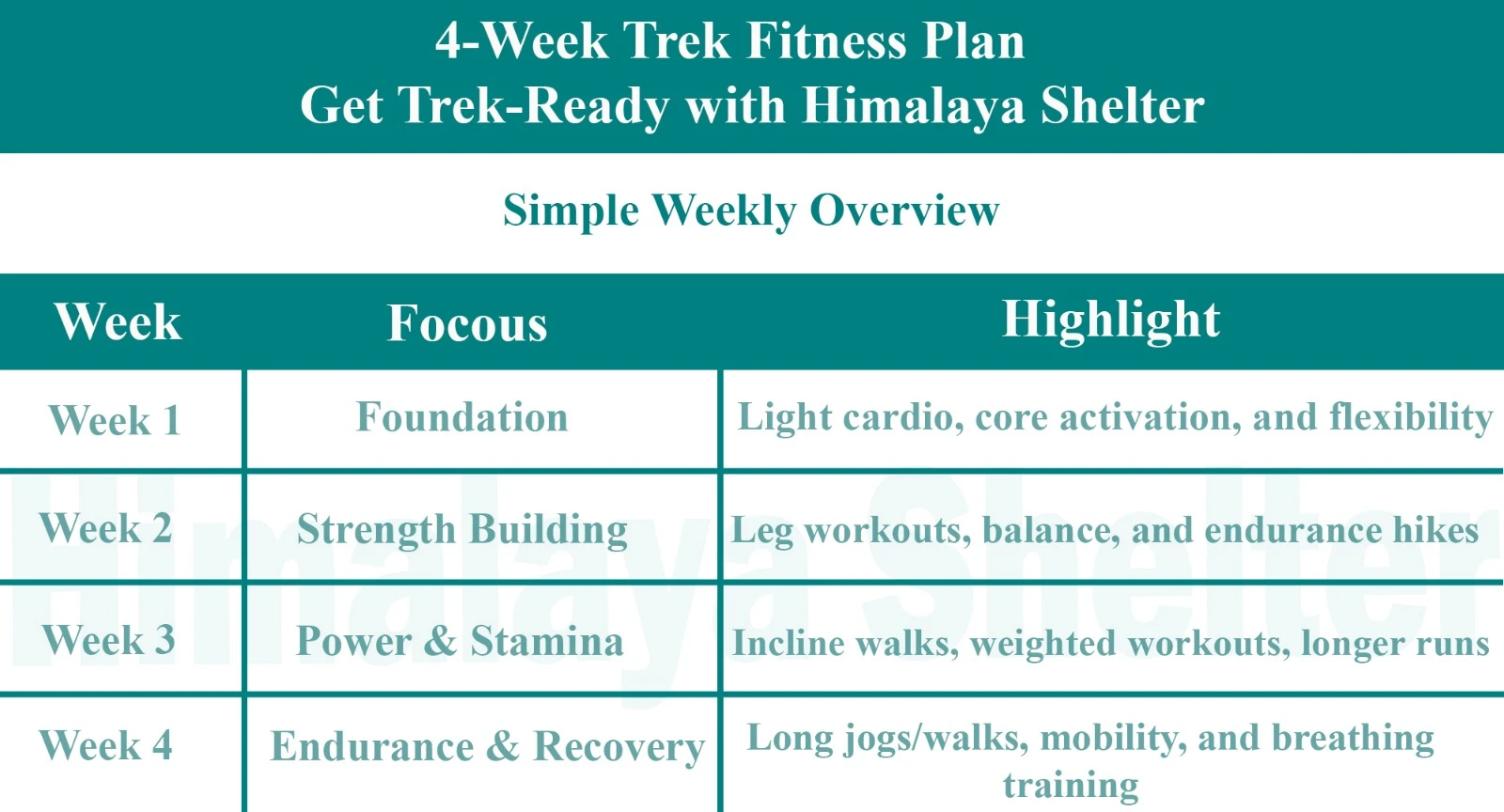
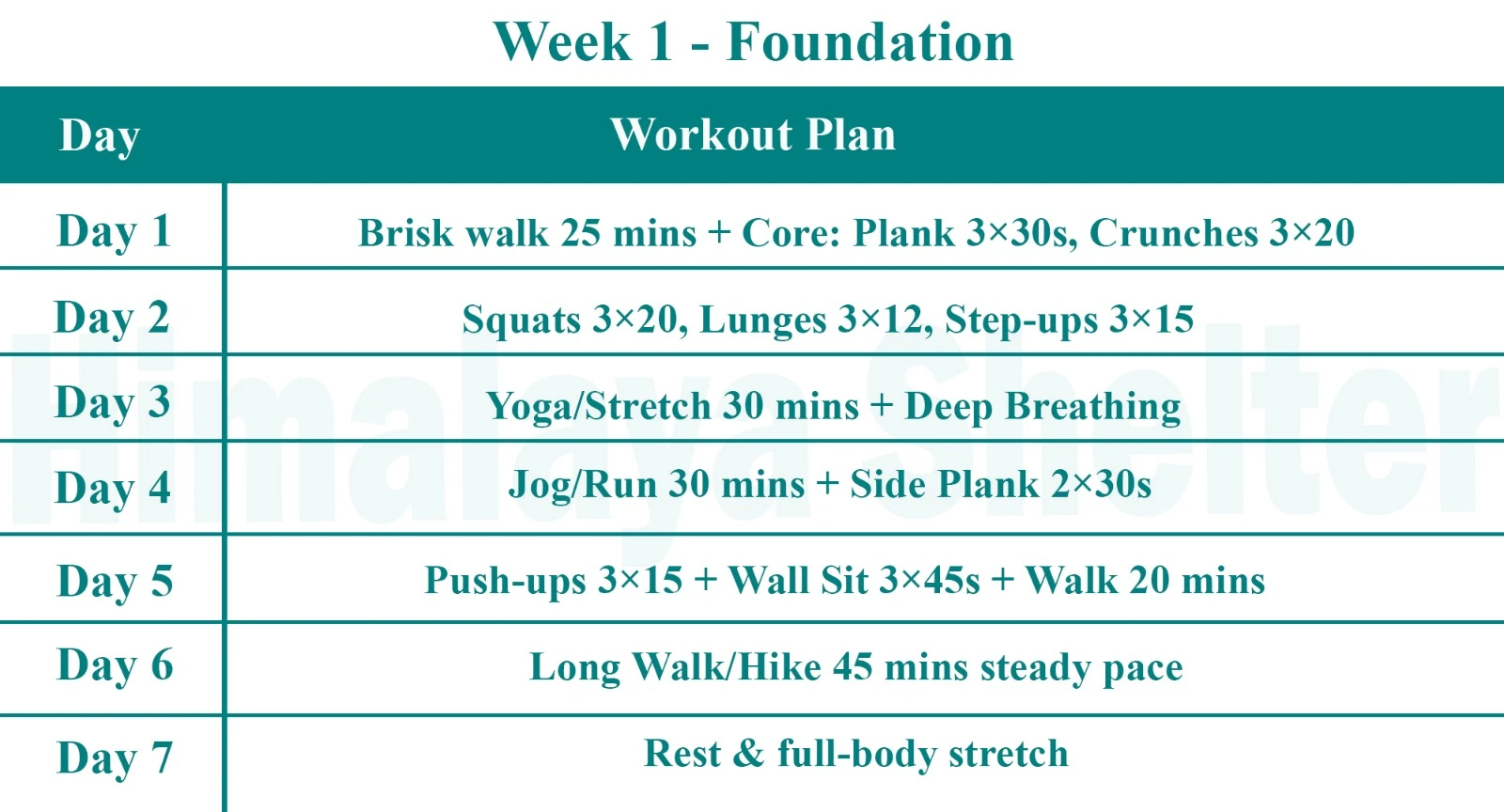
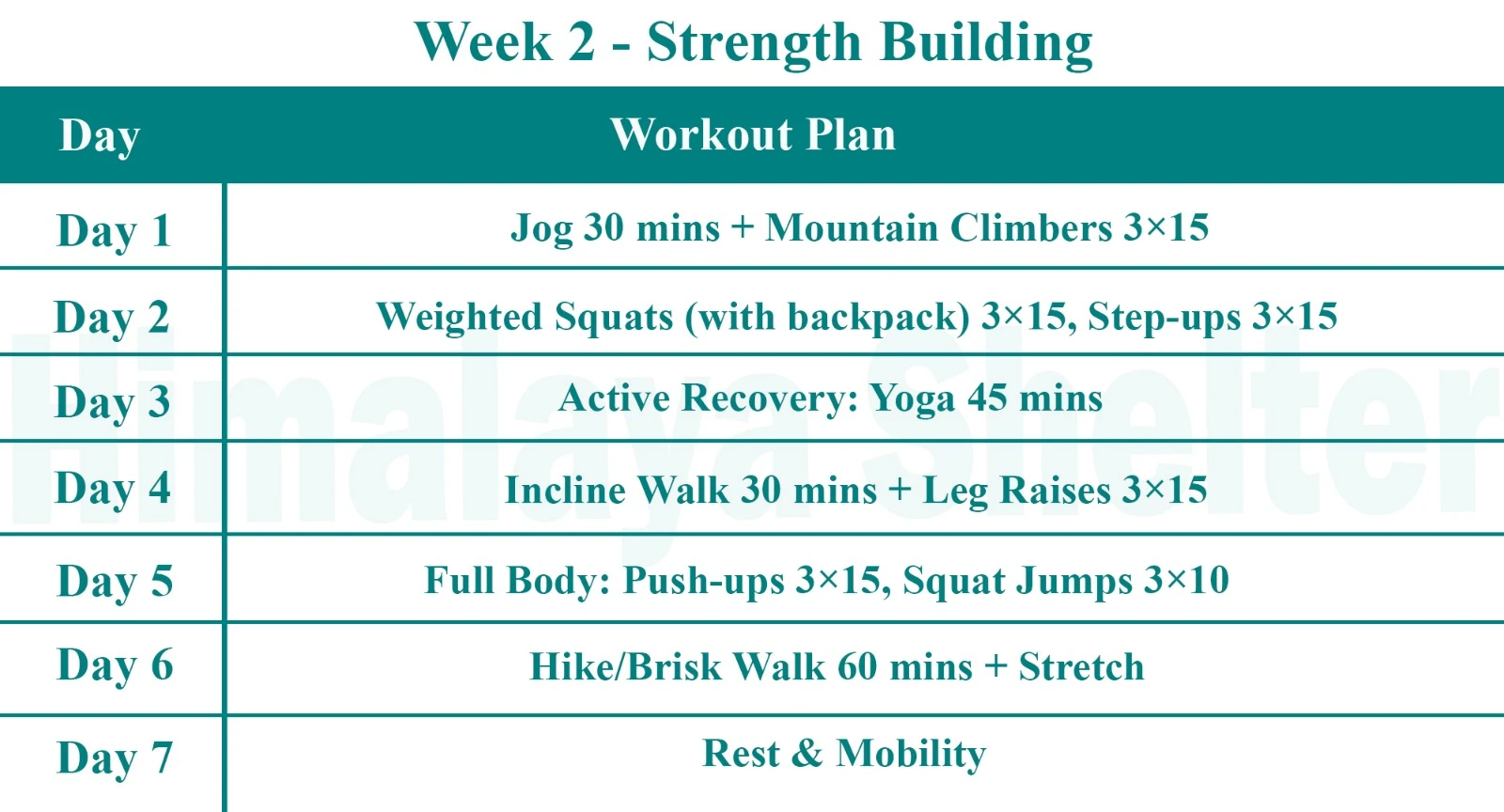

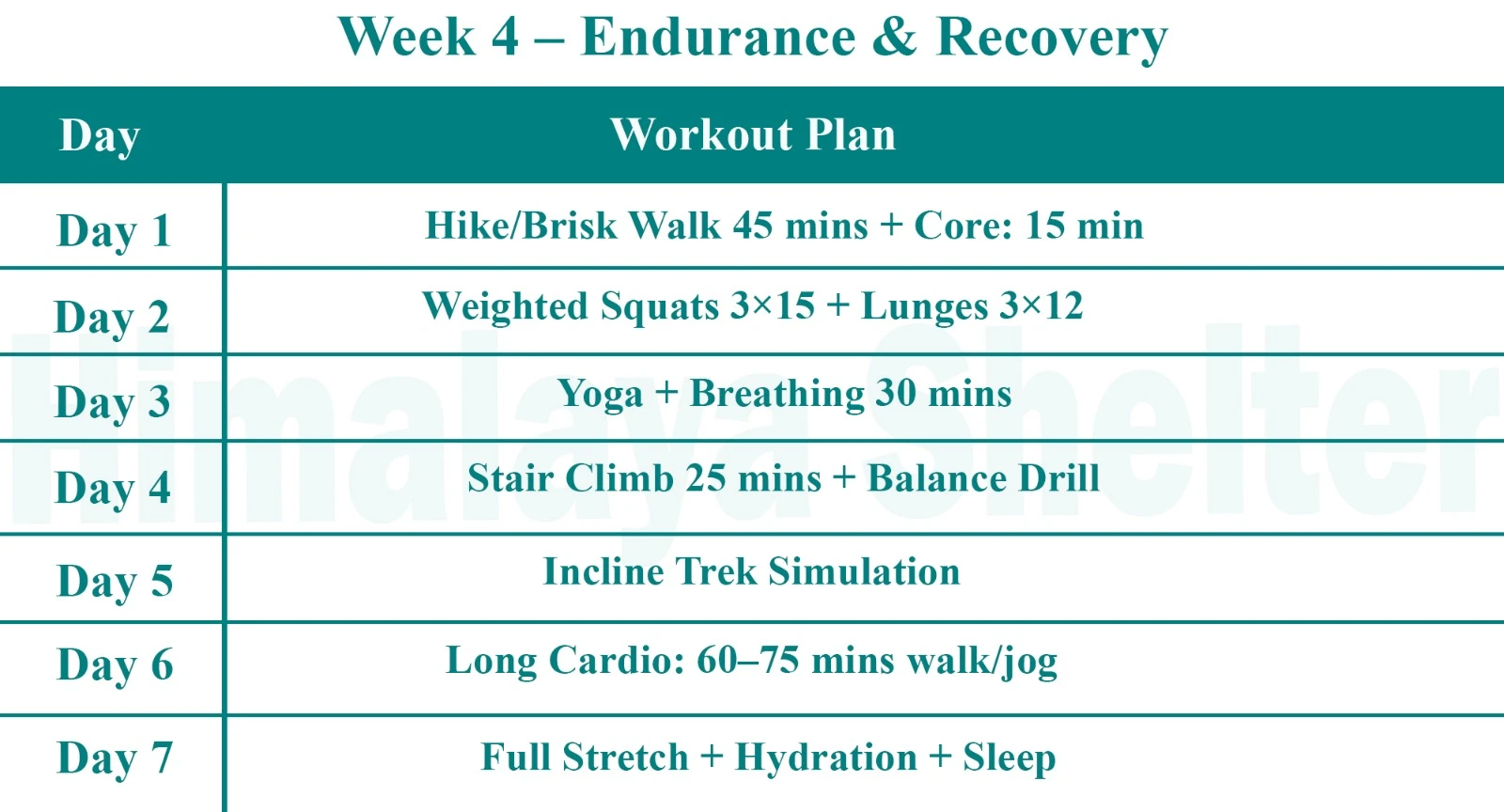
Day 1: Shimla to Jiskun via Rohru
- Drive: 190 km in 7-8 hrs
- Altitude: Jiskun (7,630 ft)
- Accommodation – Homestay at Jiskun
Today is the much-anticipated day for every trekker, they are in for surprises at every corner. On the way, we get to see colonial architecture and busy markets along the way. Once we reach rohru we get to see the magnificent Pabbar River.

Day 2: Jiskun to Jakha
- Trek Distance: 4 km within 4 hrs
- Altitude gain: 7,630 ft to 8,755 ft
- Accommodation – Homestay at Jakha
Surrounded by lush green hills, we commence a trek from Jiskun to Jakha traversing through rugged trails. after we pass the last farthest village (Jakha) where the real trek starts from. Perfect place to embrace rich local culture and traditions.

Day 3: Jakha to Saruwas Thatch
- Trek: 7.10 km in 5-6 hrs
- Altitude gain: 8755 ft to 10,770 ft
- Accommodation – Stay Campsite – Tent
Starting today trekkers traverse through dense forest patches of pine and oak. Trekkers get to enjoy the melody of different types of birds which is just mystical as part of trek. here the setting would be beautiful magnificent meadows surrounded by High towering peaks.
Day 4: Saruwas Thatch to Dhanderas Thatch
- Trek: 3 km in 2 hrs
- Altitude gain: 10,770 ft to 11,700 ft
- Accommodation – Stay Campsite – Tent
From this point trekkers trek through stunning alpine meadows studded with wild flowers, berries and many other floral wonders. We get to sea tall waterfall cascading down to the drop with the gushing sound along with birds chirping would be music to ears! This point is mostly isolated from the outside world therefore with minimal to zero air pollution one could perfectly embrace the ambiance of nature at this point. Trekkers get to enjoy warm campsite amidst the towering high-altitude peaks
Day 5: Dhanderas Thatch to Upper Waterfall
- Trek: 2.4 km in 2-3 hrs
- Altitude gain: 11,700 ft to 13,275 ft
- Accommodation – Stay Campsite – Tent
This is the day trekkers get to camp at the legendary Rupin waterfall. Imagine sleeping by the waterfall under the stary sky as the waterfall sings you to sleep as the beautifully lit night sky acts as bed lamp. Apart from that this day would be the perfect opportunity to capture the panoramic view of beautiful valley
Day 6: Upper Waterfall camp to Rupin Pass and Ronti Gad
- Trek: 7.4 km in 9-10 hrs
- Altitude gain and loss: 13,275 ft to 15,279 ft to 13,005 ft
- Accommodation – Stay Campsite – Tent
This is the most important day of the trek as we push to the summit. Trekkers could witness the breath-taking panoramic view of kinner Kailash ranges. Trekkers get to traverse through snow studded trail. The most interesting part is we get to camp surrounded by snow-capped peaks
Day 7: Ronti Gad to Kanda to Sangla
- Trek: 11.9 km in 6 hrs
- Altitude loss: 13,005 ft to 8,660 ft
- Drive distance: 220 km in 7-8 hours
As we traverse back to Sangla from Ronti gad via Kanda with a lot of memories made once again we get to trek along lush green meadows and valleys with dense forests surrounding us. We even pass by apple orchards which is a sight we never asked or expected to get. We drive back to Shimla on the last day and bid Farewell as we move back to modernity with a lot of memories in our hands!
Trek Inclusions
Our treks are specially designed by the experienced team at Himalaya Shelter, taking you on an adventure of a lifetime all while making you connect not only with the bountiful nature but also with yourself and with others on the trek with you creating wonderful memories which will last you a lifetime. All Himalaya Shelter treks are guided by experienced Trekkers having vast knowledge and experience of the region, providing with insightful information and stories pertaining to the region’s flora and fauna and the history of the region whilst the trek. It is safe to say that on successfully completing the trek, one will gain tremendous insight and experience along with lifetime memories.
- Transport Support from Shimla to Jiskun on Day 1 at an additional cost of INR 2,500
- Transport Support from Sangla to Shimla on the last day at an additional cost of INR 2,500
- Accommodation – At Base Camp, stay at a local homestay or guest house for one night each, which will give you an insight into the authentic lifestyle of the locals.( INR 5000 per person extra for single sharing throughout the trek )
On Trek stay in a 2-person Vango Halo Pro/A-Shape tent, which is to be shared by two trekkers, built to withstand extreme weather conditions and at the same time making you comfortable after a hard day’s trek.Camping Equipment – specially designed sleeping bags that can withstand harsh weather conditions, foam mattresses. Other safety gear like microspikes, gaiters, an ice axe, and helmets will be provided. - Medical Kit – our team will be equipped with an extensive medical kit, which our team is trained and experienced to use. Oxygen cylinders are used after they are thoroughly inspected throughout the Trek. Even campsites have large oxygen cylinders as backups.
- Permission - Forest entry charges for Indian nationals (Additional charges will be applicable for international tourists)
- Meals – Breakfast, packed lunch (on trek days), evening snacks, and dinner will be served. A hearty, delicious, and nutrition-filled Veg meals with egg preparation will be provided throughout the trek. (Jain and Vegan Food can also be arranged on prior notification.)There will be a dedicated Kitchen Tent along with a dining tent, which will have a dining table too.
- Our Team – A highly experienced and AMC-certified Trek Leader who will help ensure that the entire trek goes smoothly and safely while navigating the challenging conditions during the trek, and is skilled enough to navigate any medical emergency that can arise during the trek. Local and route Guides who are well-versed with the region and provide an in-depth insight into the local customs and knowledge of the flora and fauna endemic to the region. A dedicated Kitchen staff, which includes a Cook, a helper, and other support staff. There will also be porters and mules to carry common equipment.
- Cloakroom - We have a cloakroom facility available for extra luggage. Every trekker is permitted to leave their luggage behind at no charge.
Exclusions of the Package
- Personal expenses like tips, personal medicines, phone calls etc.
- Travel Expenses - Travel expenses from your hometown to the mentioned Pick-Up Point are not included in the trek fee.
From the scheduled pick-up spot to the base camp, we have our own fleet of vehicles like Bolero, Innova, Dezire, or Tempo Traveler (12-seater). This is be shared by trekkers for a pre-decided amount. All vehicles are non-AC. - Personal Equipment - Any personal gear like jackets, shoes, cutlery, or backpacks are not included in the trek fee. We recommend renting them from our Rental Store for an affordable fee. This can be pre-arranged to avoid last-minute hang-ups.
- Offloading - We encourage carrying your backpack to get into the true spirit of trekking. However, if needed, you can opt to offload your personal luggage of up to 12 kgs for an additional cost of INR 500 per bag per day.
Trek Insurance - A mandatory trek insurance fee is charged in addition to your trek fee. Since most medical insurance doesn’t cover adventure activities, trek insurance offers essential coverage, enhancing your safety without a significant financial burden. - Buffer day on the trek - We have kept a buffer day on the trek to account for any weather-related delay. If this is utilized, you will need to pay an extra amount to your trek leader.
- Anything apart from inclusions
- Please carry a lunch box for a packed lunch/breakfast to avoid using polythene and Aluminium foil.
Keeping the Himalayas clean is our own responsibility. Reduce the use of Plastic when you are in the abode of the Sacred Himalaya.
Rupin Pass connects Uttarakhand (Dhaula) with Himachal Pradesh (Sangla) in the Himalayas.
Approx 4,650 m (15,250 ft) above sea level.
It usually takes 7-8 days, including arrival and departure days.
Around 41 km, depending on the route.
Moderate to Difficult; requires good fitness and endurance.
Only if physically fit and mentally prepared for challenges.
It starts in Bawta near Shimla.
Mid-May to June and September to early October.
Read More on Rupin Pass Trek Himachal
Photo Gallery







Treks by Categories
Treks By Month

Treks By Experience






